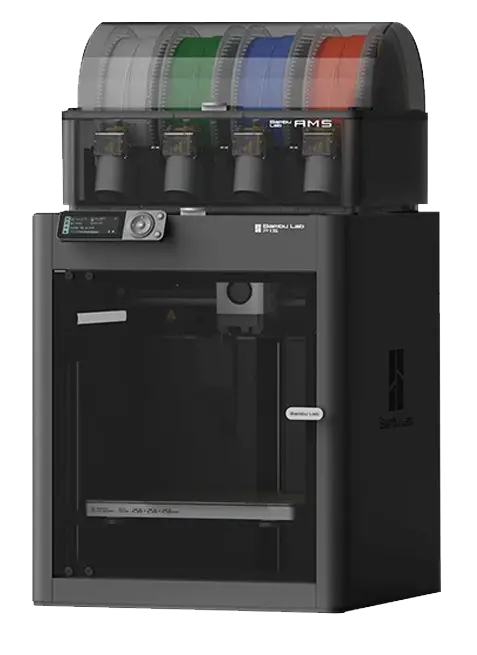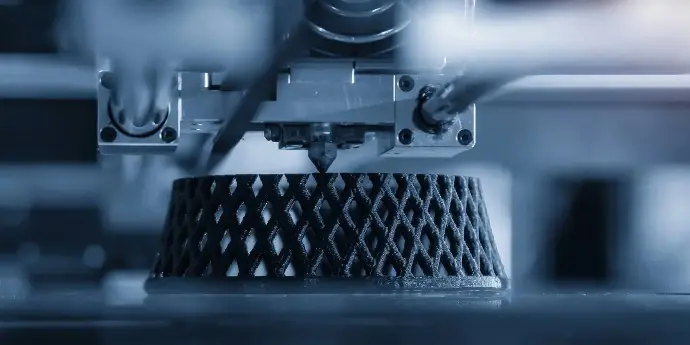3D Printing Service
Do you have your own 3D design but no printer? Then use the 3D printing service from Cool Color in Oldenzaal.
Easily and quickly request a quote using the form below.


PLA
Perfect for beautiful images
PLA Silk
When it has to shine
PETG
For when it needs to be stronger but more flexible
TPU
Flexible and wear-resistant

Different Materials
There are different materials you can use for 3D printing, and they are also available in various colors. Below, we are happy to explain the pros and cons of each material.
PLA
PLA is polylactide or polylactic acid. It is not harmful to nature because it is biodegradable. That's why it is sometimes called bioplastic. If you want to print a beautiful statue that you want to display where strength is less important, PLA is highly recommended. PLA has a printing temperature between 180 and 230°C.
Pros:
- Good for details
- Biodegradable
- Easy to post-process
Cons:
- Bends easily at lower temperatures (do not place in the sun)
- Hard material, so it breaks more easily
- Absorbs moisture from the air, which makes it break more easily
PLA Silk
PLA Silk, like normal PLA, is biodegradable, but it is much shinier. It is perfect for beautiful, glossy designs. However, because extra shine has been added, it is less strong than normal PLA.
Pros:
- Perfect for shiny detailed prints
- Biodegradable
- Easy to post-process
Cons:
- Bends easily at lower temperatures (do not place in the sun)
- Less strong than PLA
- Absorbs moisture from the air, which makes it break more easily
PETG
PETG is a lot stronger than PLA and less brittle, which makes it bend more easily and spring back. It is also better for use at slightly higher temperatures. PETG is also available in many colors, including transparent.
Pros:
- Stronger prints
- More heat resistant
- Less brittle than PLA
Cons:
- Sensitive to wear and tear
- Heavier than other filaments
- Less suitable for bridge structures
TPU
This filament is flexible, and it remains so after printing. This also makes it wear-resistant and resistant to fats, oils, and chemicals. TPU is also heat-resistant and resilient.
Pros:
- Flexible
- Wear-resistant
- Resistant to fats, oils, and chemicals
Cons:
- Transparent can turn yellow
- Smoother, so less grip
- Low print speed, which leads to higher printing costs
- Not suitable for printing overhanging parts